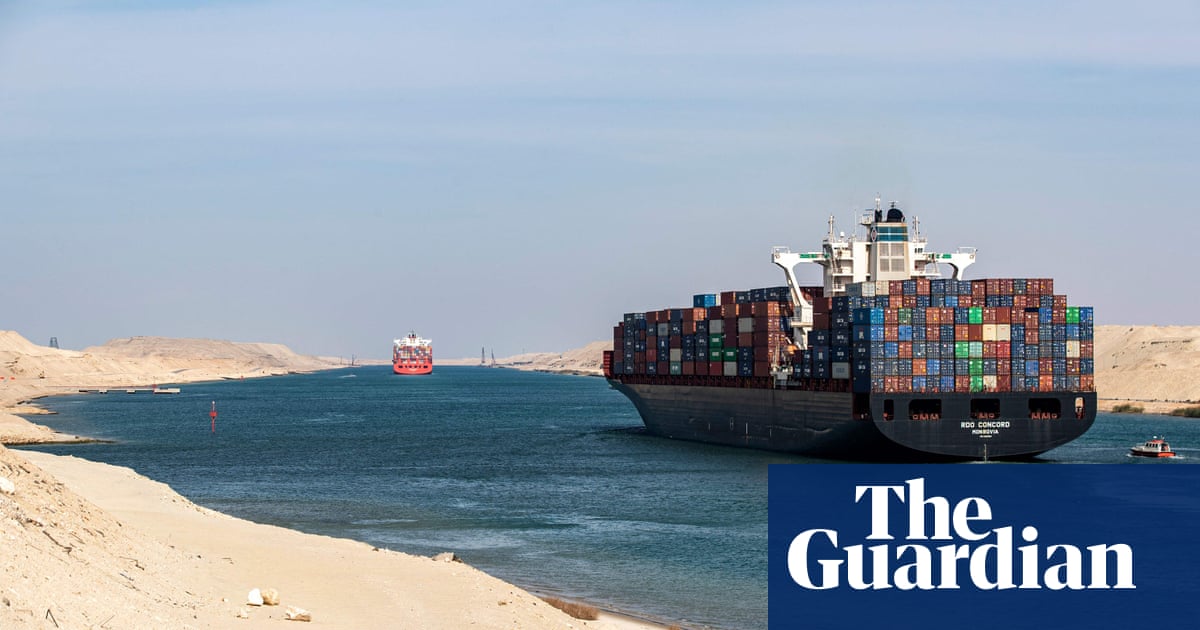
Faced with an oil glut and a slowing economy, OPEC and its 10 allies (OPEC+) had agreed in their Dec. 6 -7 meetings to take 1.2 million barrels per day (bpd) out of the market.
Oil did not react — initially briefly undershooting the $50 per barrel mark just before Christmas.
The commodity has rallied since then by 7 percent, reaching $57.50 for Brent on Friday. It rose again on Monday in anticipation of US China trade talks.
Markets reacted to OPEC cutting output by 530,000 bpd since the December meeting. The organization now produces 32.6 million bpd. Not since January 2017 have we seen such drastic cuts by the OPEC member states.
Like so often, the result was not achieved by scheduled cuts alone. Libya, which is exempted from the deal, surprised by cutting production by 110,000 bpd due to unforeseen domestic events.
Iraq surprised on the upside, pumping more crude rather than curtailing output as promised. Iran’s production stands at 2.92 million bpd. It has declined by 23 percent since Donald Trump announced his sanctions regime.
OPEC, and especially Saudi Arabia, delivered. The Kingdom cut production from a little over 11 million bpd in October to 10.3 million bpd in December.
The Kingdom and OPEC reacted swiftly and it took markets less long to respond than last time around. The price increases were doubtless supported by the new year stock market raly, blockbuster employment numbers in the US and Jerome Powell’s assertion that the Fed would be responsive to markets.
Goldman Sachs still downgraded its outlook from $70 to $62.5 per barrel for Brent and from $64.50 to $55.50 per barrel for WTI. This tallies with the planning assumptions of US oil executives which stands at $65 per barrel for Brent and $50 per barrel for WTI.
The question is what are we to make of this mini-rally? What are we to expect in 2019?
Institutionalizing the cooperation under OPEC+ has further underpinned the organization’s ability to intervene in a meaningful way.
Cornelia Meyer
A lot will depend on the macroeconomic performance. The outlook is not bad, but global growth has become desynchronized and the sky-high growth that was forecast in January 2018 had to be adjusted downward. JP Morgan just released a briefing note doubting that global growth would reach 3 percent in 2019 or 2020.
All eyes are on the US China trade negotiations, because the outcome will inform where we are moving on global trade. Full-blown trade wars would lead to localization of supply chains and fewer finished goods being shipped across borders.
This would clearly have a knock-on effect on the demand for oil. Conversely, if the world’s largest and second-biggest economies can come to an agreement over the next 50 days, demand prospects look better.
The big unknown is where the US intends to go on the Iran sanctions. Last year’s downward oil price slide was in part due to the State Department unexpectedly granting waivers from sanctions to the eight largest importers of Iranian crude.
The oil price is only partly driven by fundamentals. A large component is the macroeconomic mood music, automated trading programs and algorithms.
Since OPEC Secretary General Mohammed Barkindo and Saudi Energy Minister Khalid Al-Falih assumed their positions, OPEC has done a fine job balancing the markets as far as fundamentals are concerned.
Institutionalizing the cooperation under OPEC+ has further underpinned the organization’s ability to intervene in a meaningful way. This was particularly important, because the US has become the big man on the bloc courtesy of its booming shale production. The US is the largest producer of crude and has become a net exporter of oil. Unlike Saudi Arabia or the UAE or even Russia, it is a highly entrepreneurial space and shareholders will not allow oil companies to hold spare capacity.
That means US production cannot take pre-emptive actions to balance markets. The latter is important, because the higher the volatility in the oil price, the harder it becomes for oil companies to have disciplined investment programs and for consumers to plan hedging strategies.
The last month has shown that OPEC made good on its promise to balance markets. However, all the organization can do is to address the fundamental supply-and-demand balance. Macroeconomic trends and automated programs are beyond its purview.
Clarity in messaging will be key for OPEC and OPEC+ in achieving the goal of balancing the oil markets. Communicating clearly and delivering on announcements are essential.
Cornelia Meyer is a business consultant, macro-economistand energy expert. Twitter: @MeyerResources
Disclaimer: Views expressed by writers in this section are their own and do not necessarily reflect Arab News" point-of-view












